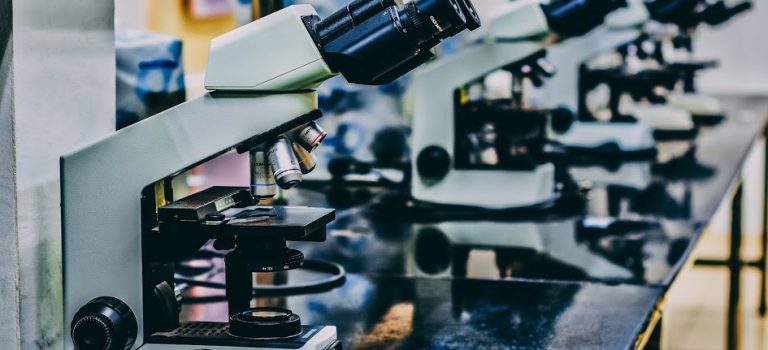Education experts have spent the last 50 years debating over a seemingly simple question: what’s the best way to teach science? On one side of the divide are those who support self-guided, enquiry-based approaches, under which students direct their own learning. On the other are proponents of teacher-directed instruction, who say this approach makes it easier for teachers to manage classrooms and cover a wider range of content. Complicating the debate even further is the increasing diversity of student populations, which has raised demands for science curricula to adapt to student needs through adaptive teaching approaches.
We take a closer look at each of these strategies in the latest issue of PISA in Focus. Using new evidence from PISA 2015, we found that each approach has advantages and drawbacks for learning – and that identifying the most effective strategy isn’t as clear cut a proposition as it may seem.
In almost all of the 68 countries and economies that participated in PISA, students in the least disciplined science classes perform worse when exposed to enquiry-based science teaching. But in 33 countries and economies, this negative association disappears when students are learning in a disciplined environment.
In Thailand, exposure to enquiry-based teaching accounted for a four-point increase in performance among students in the most disciplined science classes. But students exposed to enquiry-based teaching in the least disciplined classrooms, scored about 13 points lower than those in more disciplined environments. The benefits gained from attending disciplined science classes with enquiry-based teaching are largest in Georgia (+20 points), Kosovo (+15 points), Lebanon (+13 points), Malta (+14 points), and Slovenia (+13 points).
Our findings shed light on the real-world complexity of teaching.
In OECD countries, enquiry-based teaching seems like the most promising way to nurture positive attitudes toward science – including interest and enjoyment in science-related topics, and participation in science-related activities. We also found that all three teaching practices – enquiry-based, teacher-directed and adaptive teaching are associated with higher expectations among students to pursue a career in science. This association is particularly strong among girls who are exposed to enquiry-based teaching.
Teacher-directed science instruction, on the other hand, is associated with better science performance in almost all countries. This positive association is equally strong across all science sub-domains and proficiency levels, and does not vary with student and school characteristics (e.g. disciplinary climate, student composition, resources, etc.). Based on these findings, we can conclude that teacher-directed practices are likely to deliver good results regardless of environment.
Our findings also show that adapting science lessons to students’ needs is correlated with stronger science performance in the majority of countries, even after accounting for student and school characteristics. This relationship is particularly strong in the Nordic countries, which are known for their comprehensive education systems and their reliance on differentiated learning approaches.
So which strategy would be most effective for science teachers to deploy? Our findings suggest a combination of all three. For example, teachers with strong classroom-management skills and professional knowledge could guide student learning with explicit instruction of basic ideas, then ask them to carry out enquiry-based activities to consolidate their knowledge. At the same time, teachers could also adapt their science lessons to account for differences among students, and help those who have difficulty understand a particular topic.
This conclusion may not be satisfying for those who firmly support one approach over the other. But our findings shed light on the real-world complexity of teaching in various classroom environments – where teachers often have to find the right mix of different practices to achieve the best results for their students.
